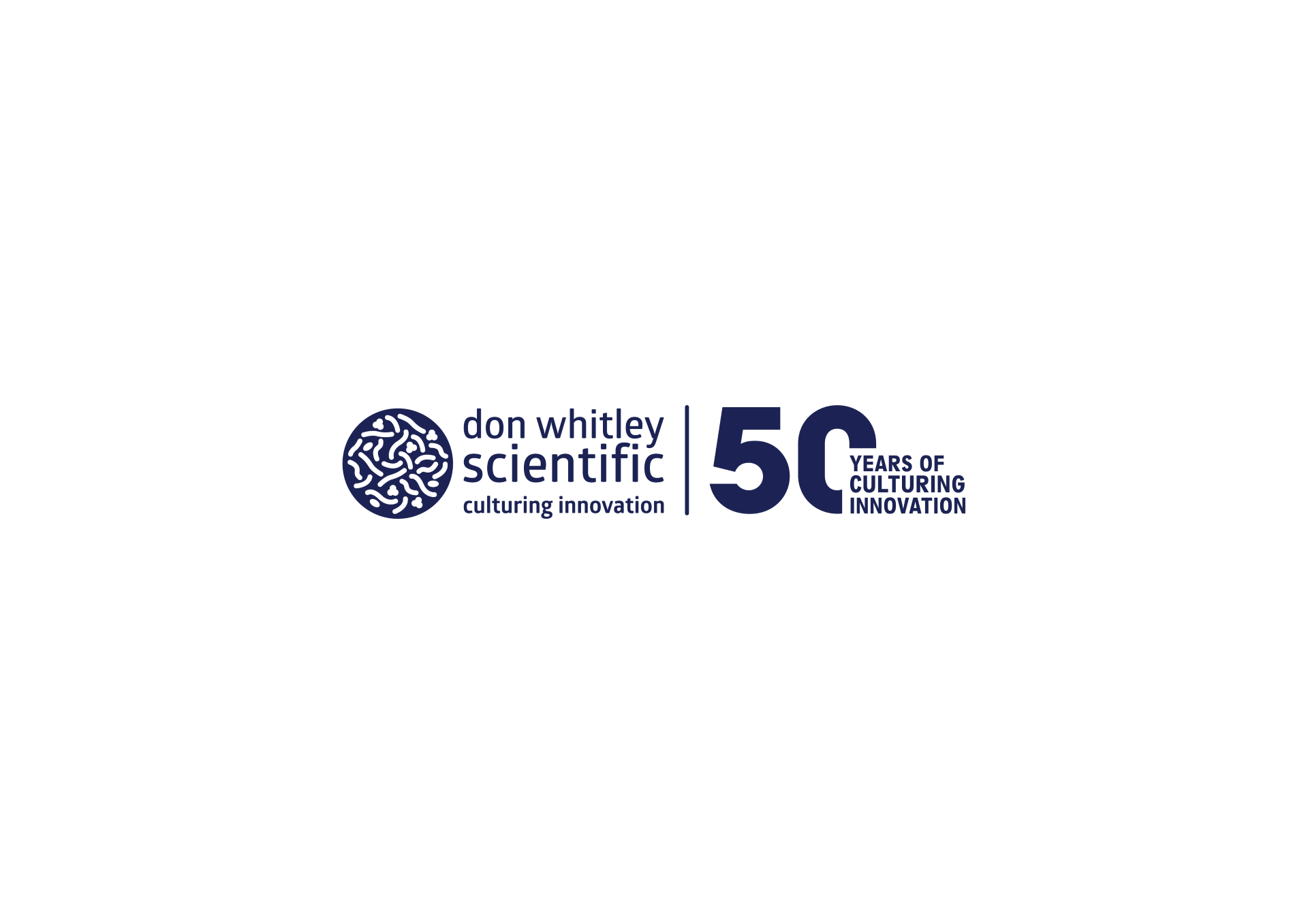 The upcoming Cell symposium “Cancer, Inflammation and Immunity” will shine a spotlight on research delineating the complex cross-talk between inflammatory processes, immune response and the development of cancer diseases. Don Whitley Scientific will be exhibiting the Whitley H35 Hypoxystation (pictured right), a controlled environment workstation for low oxygen cell culture, at the meeting on June 14-16 in Sitges, Spain.
The upcoming Cell symposium “Cancer, Inflammation and Immunity” will shine a spotlight on research delineating the complex cross-talk between inflammatory processes, immune response and the development of cancer diseases. Don Whitley Scientific will be exhibiting the Whitley H35 Hypoxystation (pictured right), a controlled environment workstation for low oxygen cell culture, at the meeting on June 14-16 in Sitges, Spain.
As we look forward to the conference, Dr Burga Kalz Fuller, Product Manager at our American distributor, HypOxygen, has summarized five interesting and recent papers concerning hypoxia and its role in immunology and cancer research:
In cancer cells exposed to hypoxia, HIF-1α induced expression of programmed cell death ligand PD-L1, which increased the cells’ resistance to CTL-mediated lysis and contributed to tumoral immune escape. This effect was blocked through administration of glyceryl trinitrate (GTN), an agonist of nitric oxide signalling, suggesting that NO mimetica inhibiting PD-L1 may present a novel cancer therapy strategy.
2. “HIF-mediated innate immune responses: cell signaling and therapeutic implications” Harris et al., Hypoxia 2014:2 47–58
Host defense through innate immune cells takes place in a low oxygen environment where functions as diverse as cytokine secretion and pathogen phagocytosis are modulated by HIF’s. This review summarises the roles of HIF’s in acute and chronic immune response and gives a perspective on therapies targeting the HIF pathway.
Hypoxia is characteristic for sites of inflammation and lesion, and monocytes and other immune cells accumulating in these hypoxic areas are specifically stimulated by the low oxygen environment. Raggi et al. investigated the hypoxic transcriptome and describe members of the CD300 superfamily of immunoregulatory cell surface receptors which are up-regulated in hypoxia.
Hypoxia-signaling pathways which trigger HIF expression act in the immune system to modulate host immune function. In this review, Palazon et al. describe the myriad ways oxygen sensing regulates innate and adaptive immunity.
Mueller-Edenborn’s group shed light on signalling pathways regulating hypoxia and inflammatory responses, which exhibit a surprising degree of cross-talk in colon cancer. Hypoxia attenuated proinflammatory responses by inhibiting translocation of NF-κB into the nucleus, demonstrating yet again that both these aspects of the tumour microenvironment influence therapy response.


 au
au

 xEnglish
xEnglish